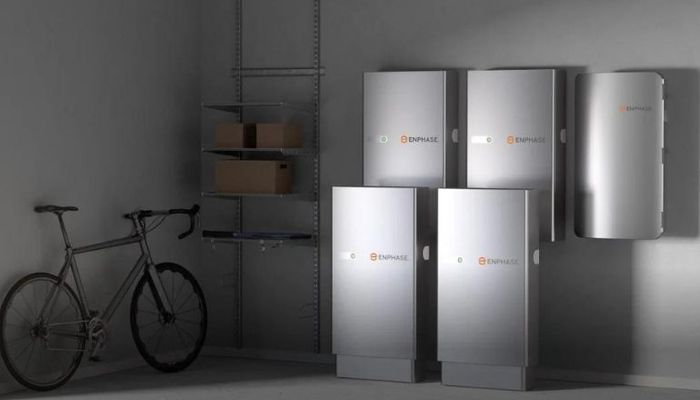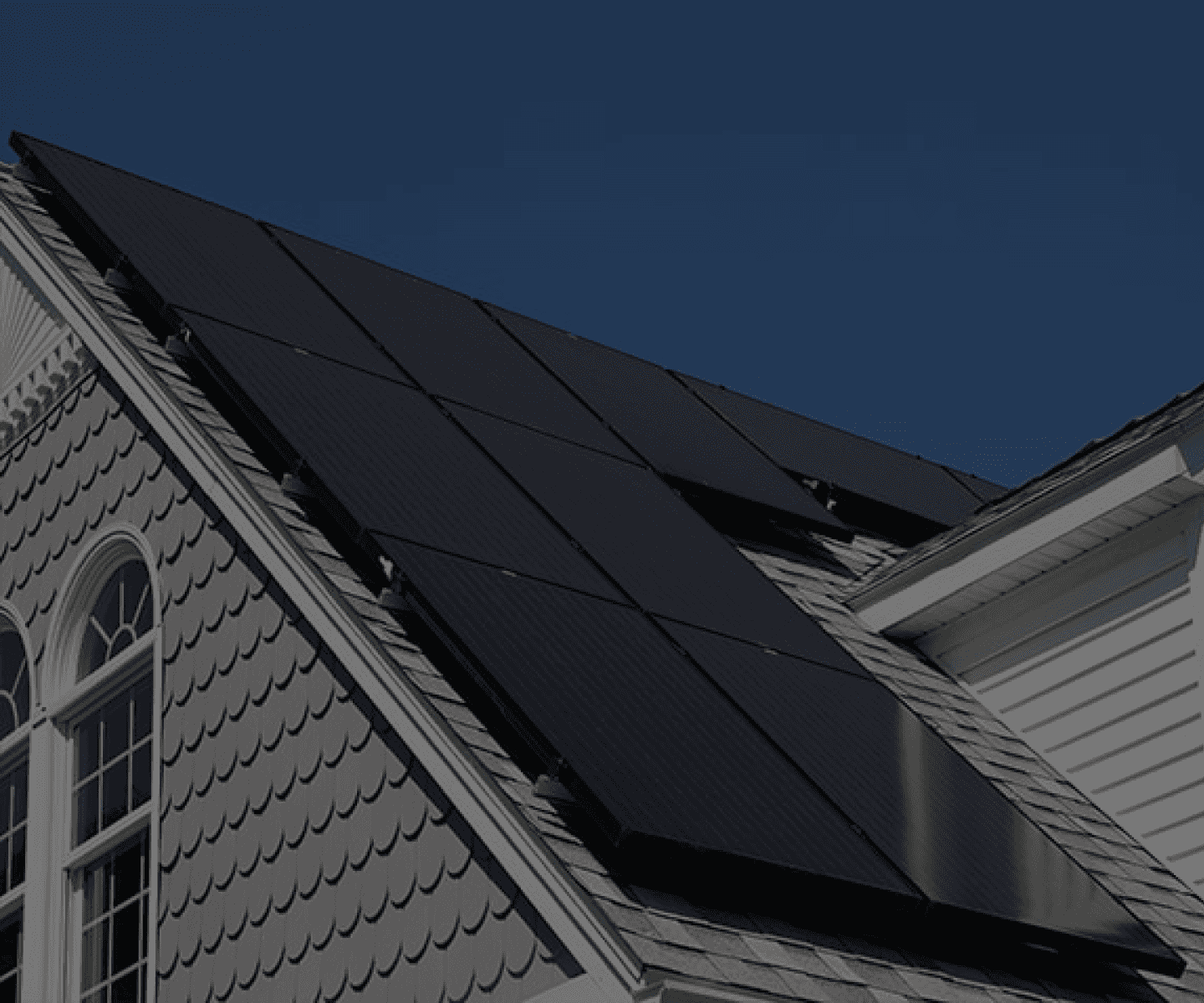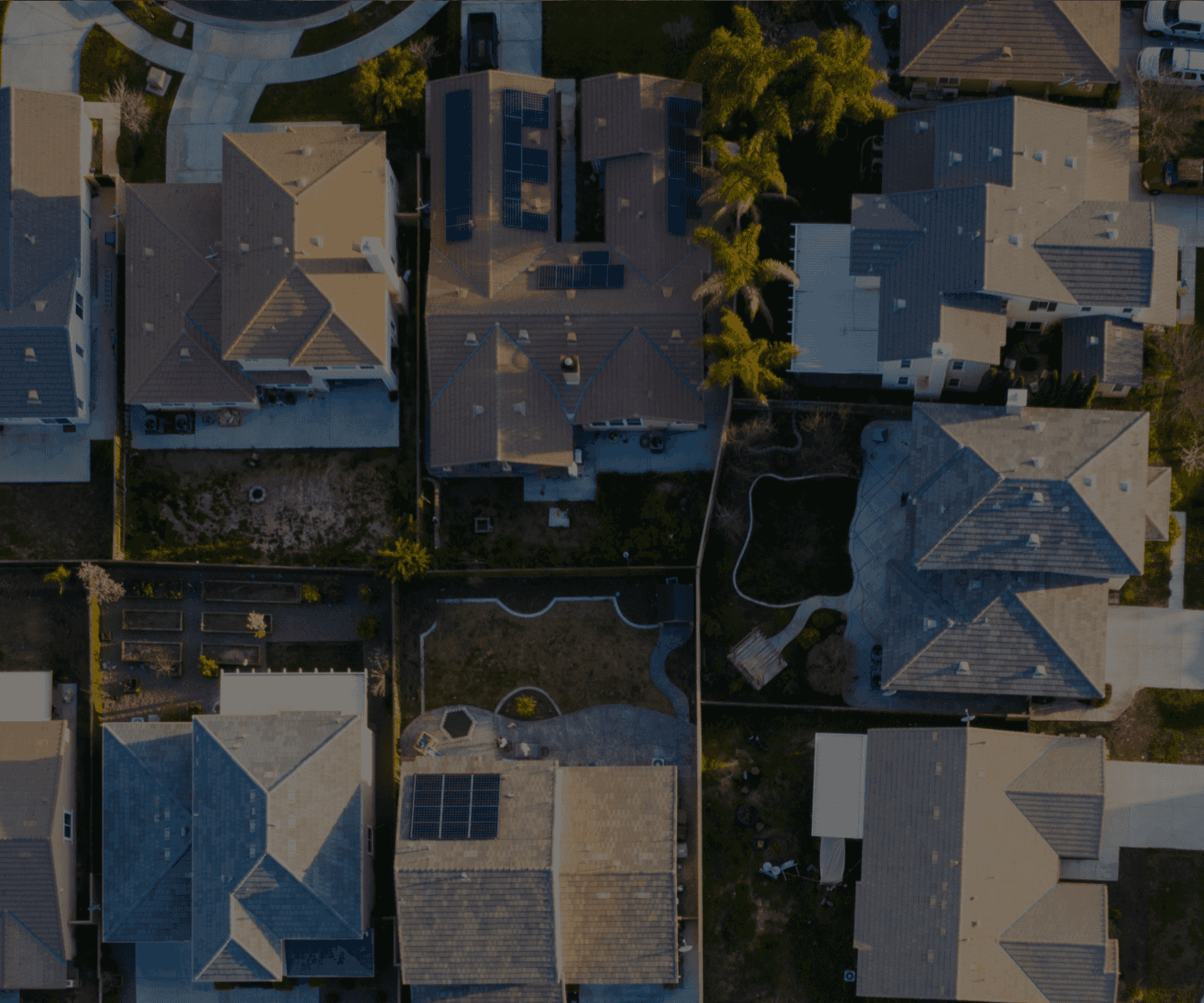What is the Cost of Solar Panels? Calculating Solar Panel Cost (2023)

Today, the average cost to install solar panels in the United States is about $12,000 after federal tax incentives. However, one dollar amount doesn’t paint the full picture. There are many factors involved when it comes to calculating true solar panel costs.
Here are a few key considerations that will impact the cost of solar panels:
- Your location
- Your home’s size and the number of solar panels you’ll need
- Solar panel brands
- Solar panel efficiency
- Professional installation vs. do-it-yourself installation
Let’s dive into these specifics.
How Much Does a Solar Panel Cost?
The cost of one solar panel starts at around $250 and can run up to $600 or more depending on the brand or efficiency rating.
So how does that number multiply into a total cost of $12,000 or more, as mentioned above? Here’s a simple breakdown.
Depending on the size of your home and the amount of electricity you want to offset, you’ll need a certain number of solar panels — anywhere from 5 to 50.
You’ll also need to purchase equipment, such as inverters or racking mounts, and other tools and parts for the installation process.
Some consumers choose to hire a professional installer, which can cost $10,000 or more. Or, you can elect to go DIY with your solar installation, and save that money instead.
Solar Panel Costs by Location
As we mentioned above, geography matters. Here is the typical cost range for a solar installation in some states before considering the federal tax credit.
Solar Panel Costs by Brand
There is a wide variance in solar panel cost based on the manufacturer. Name brands, such as Panasonic, are significantly more expensive, though they often come with longer warranty periods. However, name-brand solar panels are not always worth the higher price tag.
Aside from the brand, you’ll want to consider warranty, company stability and reputation, and overall solar panel quality when you’re shopping for solar panels. These factors are more important than the brand itself.
Most solar panel warranties are 25 years, but they don’t all promise the same thing, so be sure to read the warranty terms carefully. Solar panel output degrades over time and some warranties promise less degradation than others. Some extend the warranty period out to 30 years to make their product more enticing.
The stability and reputation of the solar panel manufacturer are also important. A good warranty doesn’t mean much if the solar company does not stay in business long enough to back its products. For this reason, many consumers choose name brands like Panasonic who make more than just solar panels and will likely be in business to honor their warranty for many years to come. But these customers are also paying almost double for the same wattage from lesser-known brands.
There are other long-standing companies that specialize in solar panel manufacturing like Phono and QCell. They’ve been around for a long time and have a proven track record. These brands are typically priced lower than brands like Panasonic, but still cost more than newer, not-as-popular brands that don’t necessarily have the same high-quality standards.
Still on the fence about deciding if the brand name is worth it? Contact the experts at GoGreenSolar, who are professionals committed to educating customers and guiding them through the process of choosing and installing the most optimal solar equipment.
Solar Panel Costs by Efficiency
Efficiency also affects solar panel costs. A more efficient solar panel can generate more wattage in the same amount of square footage compared to a less efficient solar panel.
Like name brands, efficiency comes at a price so you might want to choose a less efficient solar panel to save money unless you have limited space for your solar panel installation. If space is extra tight, you might want to consider high-efficiency panels in order to maximize solar power and reduce as much of your utility bill as possible.
Learn more: The Most Efficient Solar Panels
Solar Panel Installation Costs
As stated earlier, professional installation costs can cost $10,000 or more depending on the size of your system and where you’re located. If you opt for a DIY installation, you can benefit from significant savings.
For the DIY solar installer, separating the cost of the equipment from the installation cost decreases the payback period — the amount of time it takes to recoup the cost of your solar energy system by lowering your electric bill.
Not factoring in the federal tax credit (which is currently 30%), residential solar panels typically cost $0.70/watt to $1.50/watt. A complete grid-tie solar kit can run you $1.25/watt to $2.00/watt depending on the solar panels, inverter and racking included. Additionally, size matters. A smaller kit will cost more per watt than a larger kit due to the economy of scale on factors like a monitoring system.
Turnkey installations for the same solar equipment range from $2.50/watt to $5.00/watt. Ultimately, you’ll save tens of thousands if you go for a DIY option.
If you’re thinking about going DIY, choose GoGreenSolar for your materials and installation support. We’re veterans in DIY solar, and our certified professionals are eager and ready to help you every step of the way. We’ll ensure that you can get your solar panels up and running properly in no time.
Other Factors That Impact the Cost of Solar Panels
There are a number of other factors that can increase or decrease the cost of a solar panel installation.
Roof Types
Certain roof types, like clay tile, can increase the cost of your required attachments.
Battery Add-Ons
Adding more equipment like solar backup batteries will increase your cost. But for many customers, having a battery offers peace of mind that may be worth the extra charges. In some areas, batteries can pay themselves back in the long run.
Financing
If you’re leasing or getting a loan for your solar panels, you’ll need to tack on financing charges to your total cost. It’s ideal and worth it if you can pay for your solar system upfront. Investing in renewable energy generates great payback in comparison to other types of investments like CDs or mutual funds.
Another way to reduce the finance costs is to use a home equity loan or refinance your home, which will typically give you a lower interest rate than other financing options. Keep in mind that homes with solar panels typically sell faster, too.
Local Incentives and Rebates
All homeowners in the U.S. are eligible for the federal tax credit, which is currently 30% for systems installed in 2032. There are also other local incentives and rebates offered by states (such as the SREC), cities, and electric companies that may also be available to you.
The Bottom Line on How Much Solar Panels Cost
As you can see, there isn’t a direct answer to the question “how much do solar panels cost?”. Every situation is different and there are countless factors to consider.
To get a complete understanding of how much solar panels will cost for you, reach out to a solar expert at GoGreenSolar who can help you run all the calculations, determine exactly what you need, and walk you through the entire process.






